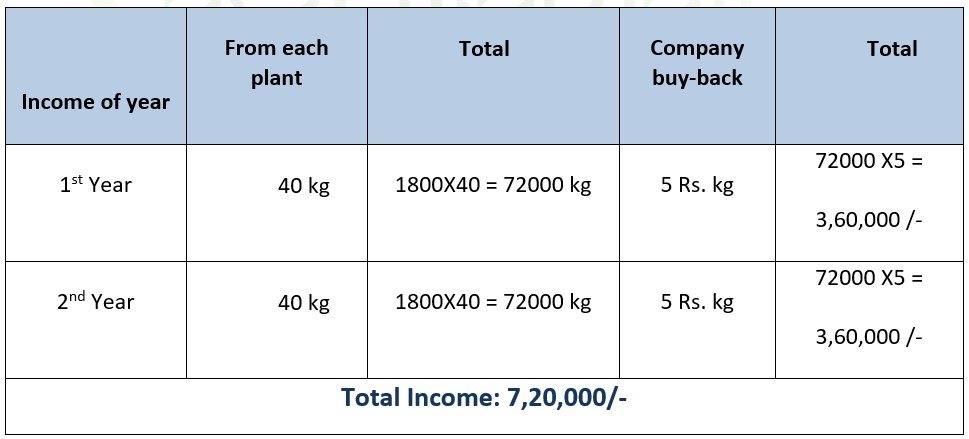Introduction:
Banana is the oldest and commonest fruit known to the mankind. It is one of the important fruits, and constitutes second largest fruit industry in India. It is nutritious palatable and easily digestible fruit. It is available round the year because of its taste, nutritive and medicinal value. Banana is rich in carbohydrates, minerals such as calcium, potassium, Mg, Na and phosphorous. Other than fresh fruits, it can be consumed as processed in various forms like chips, powder, flakes, etc. Banana pseudostem is chopped and used as cattle feed. Also, the leaves are used as plate. The botanical names of banana are Musa cavendish and Musa paradisiaca, which belongs to the family Musaceae. Banana is the second most important fruit crop of India next to mango. It is favorite fruit of all classes of people.
Climate: Being a tropical crop, banana requires warm, humid and rainy climate. The optimum temperature range is 10 to 400C and the relative humidity is 90% or above. It is highly susceptible to frost and cannot tolerate arid conditions. Strong desiccating winds cause considerable reduction in the growth of the plant and yield and quality of fruits.
Land Preparation::
Bamboos can be grown and cultivated on a wide variety of soils except for rock-strewn soils. Bamboo plantation also requires well drained sandy soil to clay soil that should have a ph range of 4.5 to 6.0. If we talk about India, then the Barack Valley region is best suited for bamboo cul-tivation due to best soil and perfect climate conditions.
Soil: Banana is a heavy feeder crop/. Therefore, fertility of soil is very important. Rich, well drained, fertile, free working, soils with plenty of organic matter is best suited for cultivation. The optimum range of pH of soil should be 6 to 8.
Propagation: Commercial edible bananas do not produce viable seeds. So, the banana is commonly propa-gated by suckers and sword suckers with narrow leaves. Rhizomes whole or in bits from fruited and non-fruited plants with atleast one sound bud can be successfully used as propagating ma-terial.
Planting: Planting of banana is done by two methods viz. Pit method and furrow method. Planting is done from February to May whereas in North India, it is done during July-August. In South-India, it can be done any time of year except summer. Tall varieties should be planted at 3x3 m whereas dwarf ones at 2x2 m apart
Manuring:
Banana is a heavy feeder and responds well to manuring. Banana is a quick growing and short-lived plant. Therefore, it is more beneficial, if quick growing fertilizers are applied. In Tamil Na-du, application of 100 g of N, 30 g of P2O5 and 300 g of K2O per plant to be supplied in three doses during the second, third and fifth months is recommended. In Maharashtra, 100 g N, 40 g P2O5 and 100 g K2O per plant is recommended. Out of these, P2O5 and K2O is applied at the time of planting and N is given is three split doses: third, fourth and fifth month after planting.
Care After Plantation:
Desuckering: - Desuckering is an important operation in banana cultivation. In this, the unwanted suckers, which develop near the base of the plant, are removed. Cutting the suckers from ground level and then pouring the kerosene (2-3 drops) to kill the growing point of pseudostem does it.
Propping: - It is an essential cultural practice to give proper support to the plants with bamboos. It is done to avoid falling down of plants due to high winds.
Wrapping: - to protect the fruits from sunburn, hot wind and dust the bunch is covered. Wrapping is also done to improve the colour of the fruit.
Species: There are many varieties of banana in India like- Poovan; it is the most important commercial variety in Tamil Nadu, Andhra Pradesh and West Bengal. It is also known as Lal velchi in Maha-rashtra, Dwarf Cavendish or Basarai, Robusta or Harisal, Rasthali or Mutheli, Rajeli or Nendran, Sonakela, Safed Velchi.
Harvesting And Yield: Harvesting of banana is done 12 to 15 months after planting in dwarf and 15 to 18 months after planting in tall varieties. Signs of maturity of banana fruits are, fruit becomes plumpy and angles are filled in completely, when tapped gives metallic sound, drying off of top leaves and change in colour of fruits from deep green to light green
Important Diseases Of Banana
Panama wilt: It is caused by the soil bourne fungi Fusarium oxysporum.
Symptoms: Leaves become yellow, Pseudostem splits and breaks.
Control Measures: Eradication of the infected plants. Growing resistant varieties like Dwarf Cavendish. Soil drenching with Vapam @ 0.85% and mercuric chloride @ 3000 PPM in nursery.
Bunchy Top: It is caused by the virus, which is transmitted by an aphid Pentalonia nigroneruosa. Symptoms: Infected plants have short, narrow, erect leaves with short petiole. Plants remain slanted.
Control Measures: Infected plants should be uprooted and burnt. Spraying of 2-4, D to control weeds.
Root stock weevil:- Damaging stage is adult and grub
Symptoms of damage:- Grub bores into stem which is affected by fungi or bacteria.
Control measures: - Use healthy suckers and rhizomes. Before planting treat the pit with 0.65 %. Lindane 60-80 g/pit. Soak the sucker in 0.1% Lindane solution, spray 0.05 % endosulfan.
Expenditure

Income





